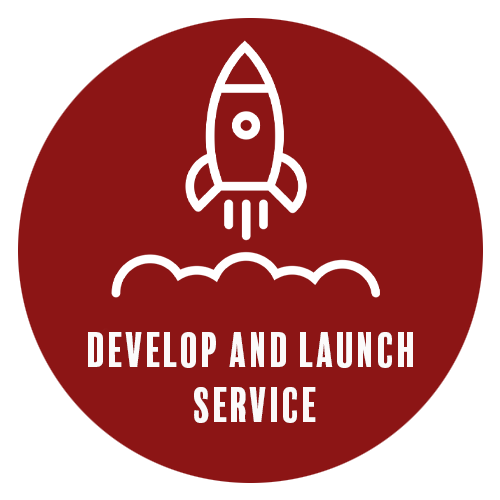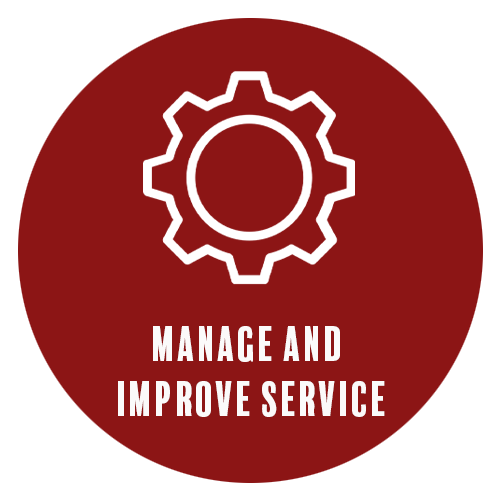
What is Service Retirement?
Service retirement is a normal stage of the service lifecycle. Simply defined, it means that you will no longer offer the service. How well you plan and execute your service retirement can have a huge impact on the reputation of the organization. Retiring a service can be difficult for clients who may have used and relied on the service for a long time. Careful planning of the service retirement that includes a client-focused communication plan will go a long way in mitigating their concerns.
Why would I need to retire my service?
Despite the challenges associated with retiring a service, it is a necessary part of the service lifecycle. Services are typically retired for the following reasons:
- It provides diminishing value to clients.
- There is little or no strategic value for UIT to continue to offer the service.
- Significant cost and effort are required to upgrade the existing service in order to provide continued value.
- Market-based services are available that provide more features and functionality and cost less to procure, provision, and support than the existing service (“buy rather than build”).
Key success factors for developing and executing a Service Retirement:
- Service retirements are rarely technical challenges, but they are almost always political challenges. For this reason, developing a good communications plan is essential.
- Start early – complex plans can take months to develop and execute, especially if you are retiring an existing service and replacing it with a new service or technology.
- Involve all teams that support and deliver the service in the creation of the retirement plan. Also include partners who will assist, such as staff from the UIT Communications team, Project Management, etc.
How do I retire my service?
A typical service retirement plan has the following stages:

Use this checklist to help plan your service retirement or download a copy:
 1. Get approval to retire your service from the business owner and senior leadership.
1. Get approval to retire your service from the business owner and senior leadership.
 2. Submit a demand for additional resources if you expect your service effort to require more than 400 cumulative hours of effort. Resources include:
2. Submit a demand for additional resources if you expect your service effort to require more than 400 cumulative hours of effort. Resources include:
- Project Management
- UIT Communications (advise, create, and deliver a comprehensive communications strategy)
 3. Identify all UIT groups who may be impacted by the service retirement, notify them of the pending retirement. These may include:
3. Identify all UIT groups who may be impacted by the service retirement, notify them of the pending retirement. These may include:
- Vendor Management (contact well in advance of retiring your service – they may recommend setting a date that coincides with contract renewal date)
- Finance (for billable services)
- Revenue Operations (help with developing a plan to shut off service billing and retire bill codes)
- IT Facilities Management (help with planning the decommissioning of any hosted equipment and turning off billing)
- ServiceNow Operations (unpublish service configuration items, request catalog forms)
- UIT Communications (unpublish the Drupal catalog service page)
- ITOC (remove service monitoring from the aggregator — Moogsoft)
- Service Desk (responding to clients who call with questions about the retirement)
 4. With the service team and project manager (if assigned), create the retirement plan.
4. With the service team and project manager (if assigned), create the retirement plan.
 5. Execute the plan, focus on communicating internally with UIT partners and clients.
5. Execute the plan, focus on communicating internally with UIT partners and clients.
 6. Decommission any equipment, terminate billing, service monitoring, back-ups, etc.
6. Decommission any equipment, terminate billing, service monitoring, back-ups, etc.




